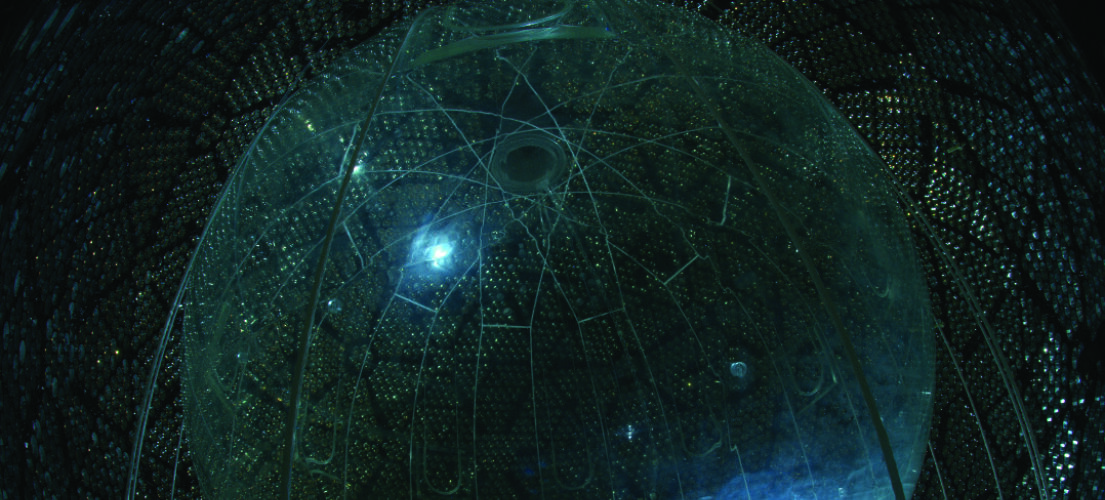Having reliable access to advanced computing resources is crucial for the more than half a million researchers who use ORION’s network to facilitate their work in Ontario’s research institutions, hospitals and universities. By connecting researchers with high-powered computing resources, ORION facilitates world-class research, keeping Ontario at the forefront of some of the modern era’s most important scientific discoveries.
Two kilometres underground, in a lab built in the Vale Creighton Mine near Sudbury, some of Ontario’s foremost astroparticle physicists are working to discover the tiniest building blocks of the universe through experiments related to neutrino and dark matter physics.
One such experiment is known as DEAP (the Dark Matter Experiment using Argon Pulse-shape discrimination). The goal: to directly observe and identify dark matter—which is thought to make up about 25% of the universe, but has never been detected. Detecting and studying dark matter could help scientists better understand the size, shape and even the future of the universe. To do this, the DEAP experiment uses a tank of liquid argon equipped with highly sensitive photo detectors, which could help detect dark matter particles by recording the flash of light created when a dark matter particle interacts with an argon nucleus.
“We have very sensitive photo detectors and very sophisticated electronics,” says Dr. Chris Jillings, who works on the DEAP project at SNOLAB. “When we get an event—a flash of light—the data are recorded electronically in computer files. What we try to do is image that flash of light and understand where it came from, what sort of radioactivity would create a flash of light with that pattern. It’s really important that we record lots of data and understand it all.”
The speed and reliability offered by ORION were key to helping calibrate DEAP’s prototype equipment properly in order to record the massive amounts of data required, says Jillings. “We needed to immediately analyze the data so we would know in almost real time if the data we were taking made sense or if we had some fault to fix.”
Since SNOLAB uses off-site computing centres for its highly intensive computing, it needed a great network between them. “And that’s what ORION provides for us,” says Jillings.
Now that the project has moved past the prototyping phase, access to the advanced computing resources like the High Performance Computing Virtual Laboratory (HPCVL) at Queen’s University (now called the Centre for Advanced Computing or CAC) is even more important. Approximately 100 TB (equivalent to almost 22,000 DVDs) of data from the DEAP detector were transferred to SNOLAB’s analysis cluster at HPCVL.
“The tremendous amount of data gathered by our detectors underground at SNOLAB needs to be analyzed using very substantial computational power,” says Marcin Kuzniak, a research associate working on the DEAP project at Queen’s. The ORION connection between SNOLAB and HPCVL, he says, “is absolutely essential to the work we do.”
Not only does the network enable the researchers to communicate effectively between institutions in Ontario, it also allows them to work with collaborators nationally and internationally. There are five Canadian institutions and three in the UK working together on the DEAP experiment. “Collaboration on that scale is not trivial,” says Kuzniak. “Making sure everyone can access the data and do useful work on it is crucial.”
It’s a lot of research into a tiny particle that could make huge waves in the global scientific community — and ORION will be helping every terabyte of the way.

